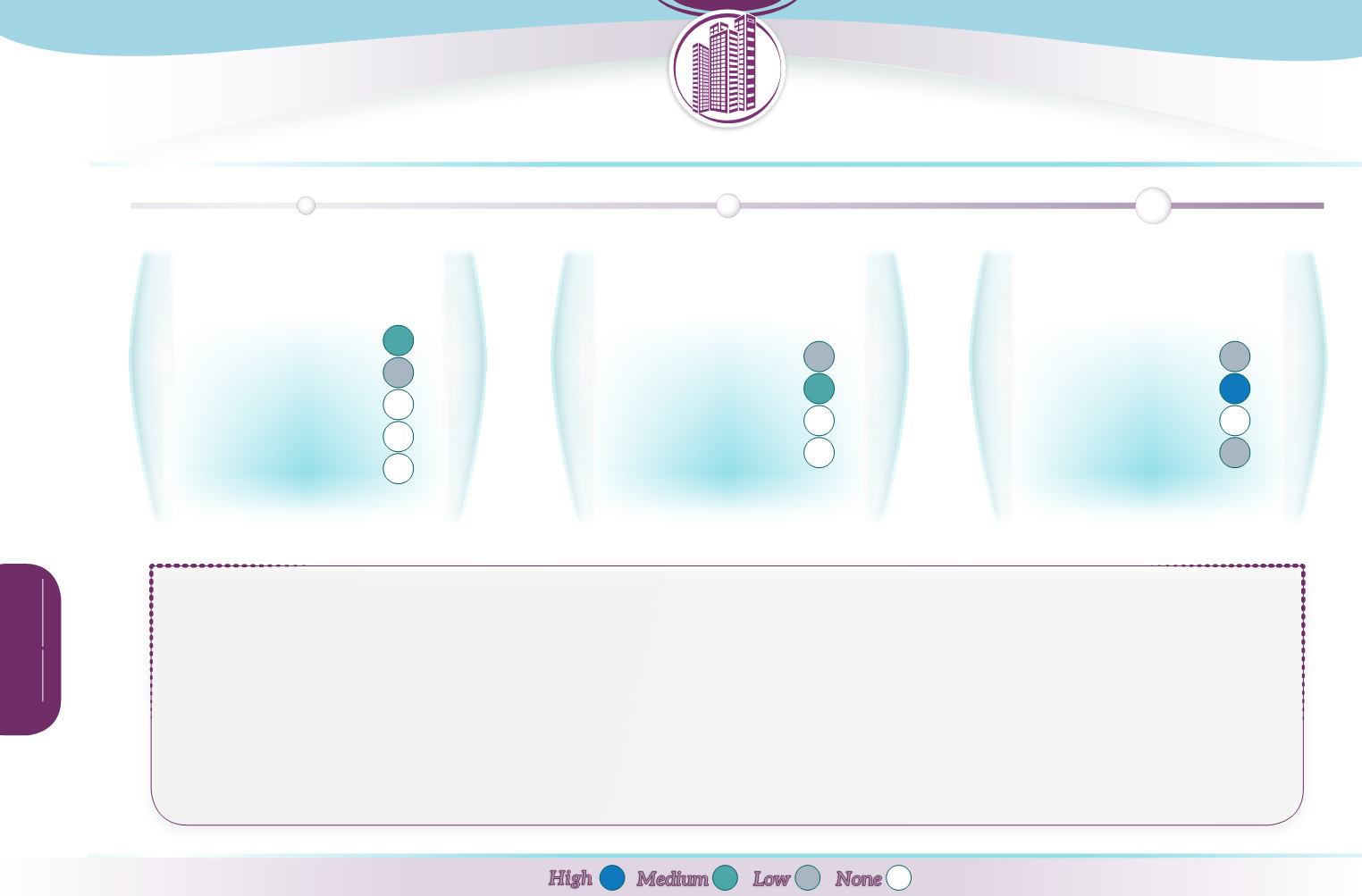
E
cosystem
servicesdelivered
Provisioning
Regulation & maintenance
Cultural
Abiotic
C
ontribution
topolicyobjectives
Water Framework Directive
Floods Directive
Birds & Habitats Directive
2020 Biodiversity Strategy
P
otential
biophysicaleffects
Runoff
Reducing pollution
Soil conservation
Habitat
Climate Change
High
Low
Medium
None
Permeable paving stores rainfall-runoff from artificial surfaces and either releases it at a controlled rate, or infiltrates to groundwater. Effectiveness at
runoff and peak flow
reduction
varies from 10 to 100% depending on the situation, and can decrease significantly over time without sediment management. Permeable paving can be an effective
source control component of a
SuDS ‘train’
, thereby contributing significantly to sustainable runoff management, particularly in urban areas. Used in conjunction with other SuDS
features, it can reduce the risk of surface
runoff flooding
and contribute to the reduction in peak river flows in small catchments. Preventing rapid runoff also makes water
available for other purposes and plays a role in enhancing recharge.
Permeable paving can be designed to allow infiltration where appropriate, although the potential for pollution to groundwater needs to be considered. It thus enhances the
potential of the landscape to
store water
during floods.
Generally, the measure has a positive impact on
removing diffuse pollution
, including suspended solids and hydrocarbons, through intercepting surface runoff and capturing/
filtering pollutants. Permeable paving can thus make a
small contribution
to improving
water quality
in receiving waters and enhancing
recharge
to groundwater.
Permeable paving finally provides a minor contribution towards improved green infrastructure and protection of ecosystems.


